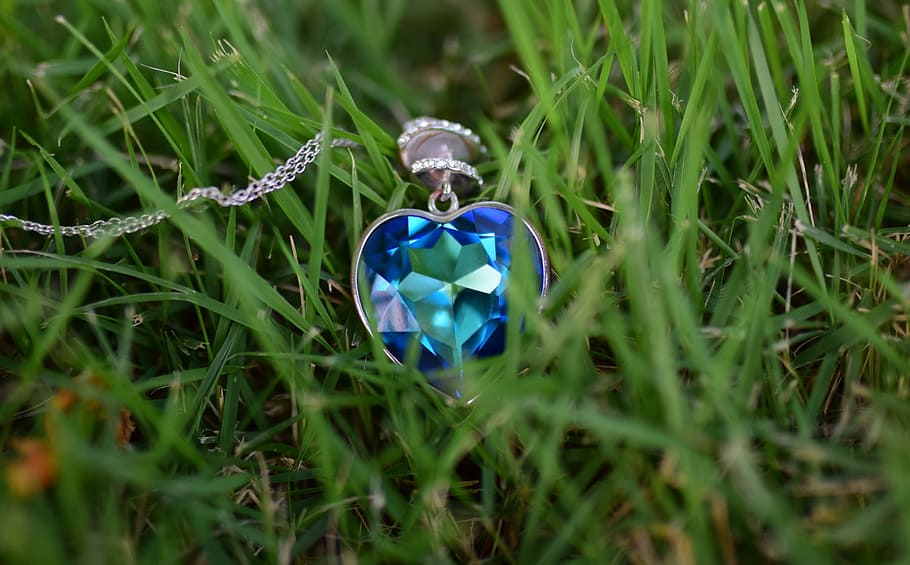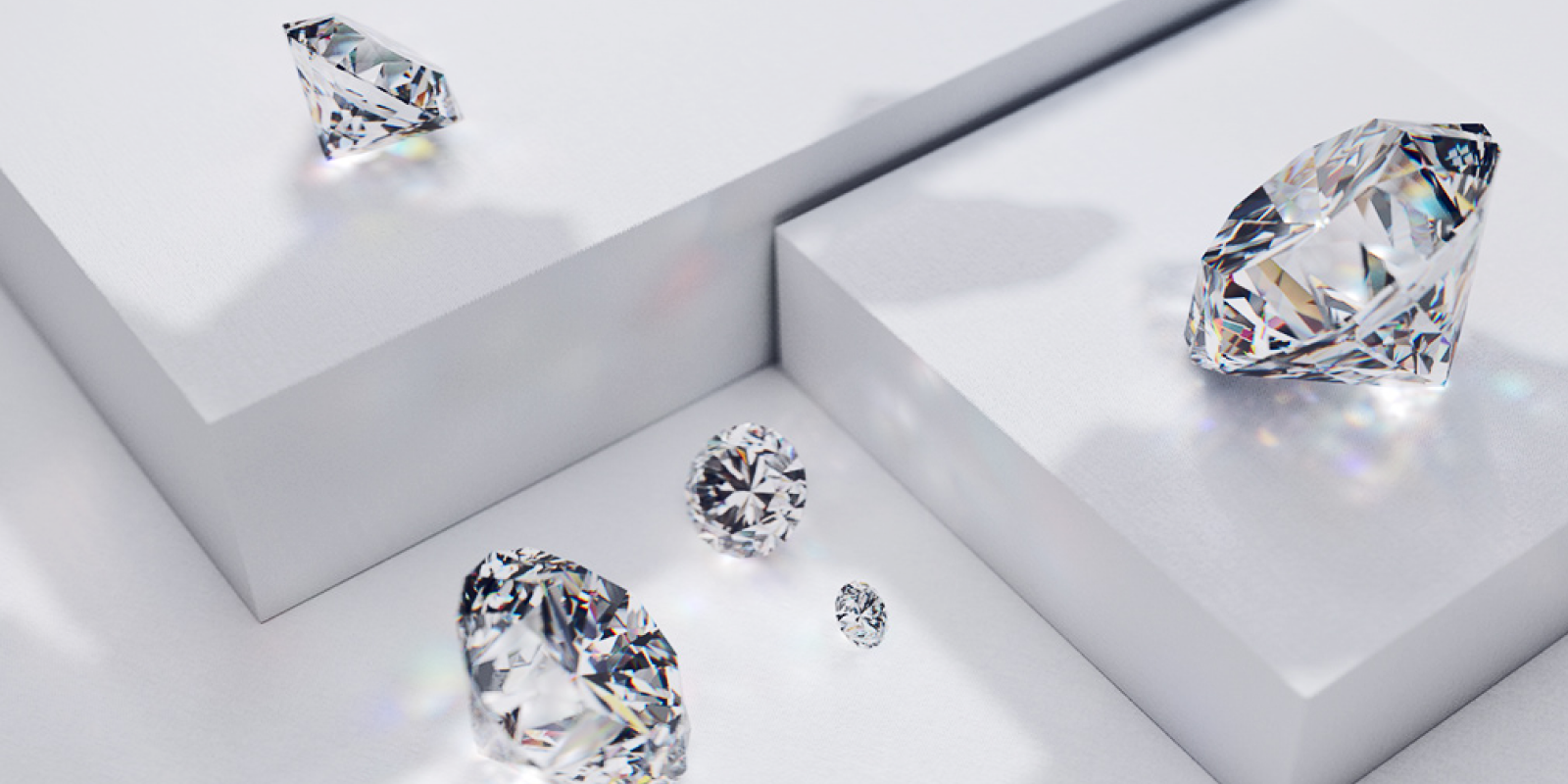What Are Diamonds?
Diamonds are in many cases celebrated as the ultimate image of adoration and commitment. Be that as it may, what precisely are they? In simple terms, diamonds are a form of carbon that has been crystallized under immense intensity and tension north of millions of years. They come in various tones, however the classic clear diamond is the most famous, frequently highlighted in wedding bands and fine adornments.
The Formation Interaction
The creation of a diamond is a sluggish, normal interaction. Profound within the World’s mantle, carbon atoms bond in a gem structure, forming diamonds. This cycle can take somewhere in the range of 1 billion to 3.3 billion years! Thus, when you hold a diamond, you’re holding a piece of Earth’s history. However, despite their extended formation, the idea that they are rare is easy to refute.
The Fantasy of Rarity
The Perception of Rarity
For many years, diamonds have been marketed as rare pearls, the ultimate extravagance item. This perception was to a great extent created by strong diamond companies, particularly De Lagers, which cunningly controlled the stockpile and advanced diamonds as scant. Yet, how quite a bit of this is valid?
Marketing Strategies
The “A Diamond is Forever” campaign is an ideal illustration of this marketing genius. By tying diamonds to eternal love, they created a narrative that caused customers to believe they required a diamond to symbolize their commitment. However, this narrative has veiled the reality of diamond availability.
Worldwide Diamond Supply
Did you realize that the diamond supply is surprisingly plentiful? While high-quality stones can be rare, the general inventory of diamonds has been on the rise.
The Job of Mining
Diamonds are extricated from the Earth through mining operations, and there are significant stores worldwide. Countries like Russia, Botswana, and Canada are key part in the diamond mining industry. The sheer volume of diamonds mined every year difficulties the notion of rarity. Truth be told, the industry produces millions of carats every year, making them more normal than you might believe.
The Diamond Industry
Key part in the Market
The diamond industry is dominated by a couple of central participants, which contributes to the perception of rarity. Companies like De Brews and Alrosa control significant portions of the market and influence prices through supply the board. Be that as it may, this tight control can slant customer perceptions of rarity and worth.
The Impact of Synthetic Diamonds
As of late, synthetic diamonds have gained popularity. These lab-created pearls have similar physical and chemical properties as normal diamonds yet can be delivered for a portion of the expense. As synthetic diamonds become more mainstream, the idea of regular diamonds as rare fortunes continues to be tested. Are they really important, or are we paying for a narrative?
Environmental Considerations
Mining Practices
Mined diamonds accompany a large group of environmental worries. The most common way of extracting diamonds can be damaging to environments, contributing to deforestation and pollution. Additionally, mining frequently happens in regions where labor practices may not be ethical, leading to the expression “blood diamonds.” This brings into question the morality behind the supposed rarity of diamonds.
Sustainability Issues
With growing awareness of environmental issues, purchasers are increasingly questioning the sustainability of mined diamonds are not rare. Brands are beginning to zero in on ethical sourcing and eco-friendly practices, yet the traditional diamond industry frequently battles to stay aware of these changing qualities.
Alternatives to Mined Diamonds
More customers are opting for alternatives to mined diamonds, whether because of ethical worries or budget constraints. Lab-grown diamonds, moissanite, and other gemstones are increasingly famous choices. These alternatives not just proposition unique esthetics yet additionally challenge the traditional views of rarity and worth.
Customer Perceptions and Choices
How Customers Worth Diamonds
The manner in which individuals perceive the worth of diamonds is evolving. While some still view them as the ultimate superficial point of interest, others are reconsidering their value. The rise of social media and influencers has prompted recent fads in gems, where unique and personalized pieces frequently eclipse traditional diamond wedding bands.
Patterns in Gems Inclinations
Purchasers today are gravitating towards individuality. From vintage-inspired designs to bright gemstones, the adornments market is diversifying. This shift mirrors a more extensive social development away from the idea that diamonds are the best way to communicate love or commitment.
The Eventual fate of Diamond Consumption
As buyer inclinations continue to develop, the diamond industry faces difficulties. Will mined diamonds retain their status, or will they become simply one more choice among many? With the rise of ethical and alternative options, it’s certain that the conversation about lab diamonds— and their rarity — is nowhere near finished.
Conclusion: Rethinking Worth and Rarity
In conclusion, the notion that mined diamonds are rare is a complicated narrative formed by marketing, supply control, and buyer perception. While there are certainly high-quality stones that are rare, the general availability of diamonds is a lot more prominent than many believe. As we move into an all the more ethically aware and environmentally conscious period, it’s essential to rethink what diamonds mean to us. Are they still an image of affection and commitment, or have they become simply one more commodity in a jam-packed marketplace? The response might lie in our choices as customers and how we define esteem in our lives.



